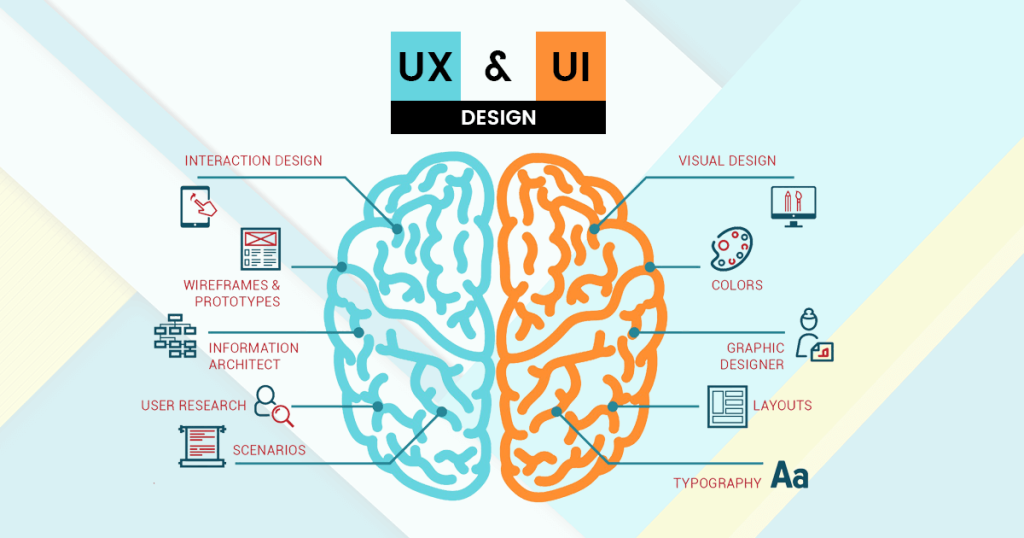
UI/UX design and digital marketing are different fields with different goals, so it’s not accurate to say that one is “better” than the other.
UI/UX design is concerned with the look and feel of a product, and how users interact with it. The goal is to create a user-friendly and enjoyable experience for users, which can lead to increased engagement and loyalty.
Digital marketing, on the other hand, focuses on promoting and selling products or services through digital channels, such as search engines, social media, email, and websites. The goal is to reach a wider audience, generate leads and drive sales.
Both UI/UX design and digital marketing are important for the success of a business. UI/UX design ensures that users have a positive experience with a product, while digital marketing helps bring more users to the product. Both disciplines should work together to create a cohesive brand experience for users.
Yes, UX is related to digital marketing. Digital marketing involves promoting and selling products or services through digital channels, such as websites, social media, and email. The user experience (UX) of a website is a critical factor in the success of digital marketing efforts, as it directly impacts how users interact with and perceive a brand.
Good UX design can help improve the user’s experience on a website, making them more likely to stay on the site longer, explore more pages, and make a purchase. On the other hand, a poor UX can lead to high bounce rates, low engagement, and decreased conversions.
Therefore, UX design and digital marketing should work together to create a seamless and enjoyable experience for users, which can help drive traffic, engagement, and ultimately, sales. A well-designed and user-friendly website, combined with effective digital marketing strategies, can help a business achieve its goals and succeed in the digital space.
This article is shared by www.itechscripts.com | A leading resource of inspired clone scripts. It offers hundreds of popular scripts that are used by thousands of small and medium enterprises.








